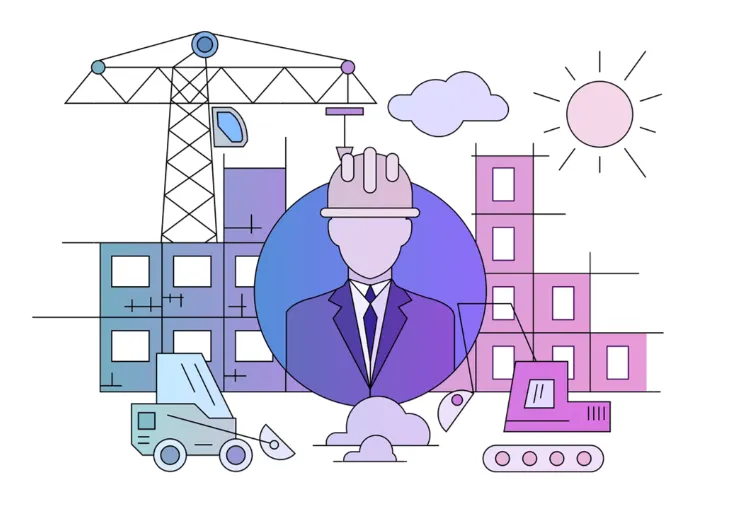The construction industry is currently facing a new phase.
Along with scientists' predictions that if greenhouse gases are not reduced by 50% by 2030, the world population will decrease by half, the spread of pandemics and geopolitical conflicts causing a rise in construction material costs and instability in the construction workforce supply chain are exacerbating the situation. This has led to a surge in material and labor costs, making risk management of construction projects increasingly difficult. With the increase in money supply and inflation in the market, banks are significantly raising interest rates every quarter. This is leading to a decrease in real estate prices due to barriers in real estate transactions, increasing risks in construction distribution projects, and rising interest rates for PF fund loans, making the construction environment more challenging.
Long-term economic recession is expected to significantly change the construction business environment, having a very broad impact. Many existing construction companies will go bankrupt, and new companies that align with the new construction order will replace them. The changing new generation construction environment is difficult to predict clearly at present, but we can anticipate different types of stakeholders than before the recession. For example, looking at Saudi Arabia's Neom City plan, there is a trend of minimizing on-site construction and increasing the use of modular and unit (: DfMA, Off-Site Construction) through production in factories and on-site installation. This trend is leading to an increase in demand for data and IT management experts, along with a new definition of construction engineering.
Over the past 15 years, we have applied BIM technology, production design technology, and construction management platform technology in domestic and international projects. We have experienced maximizing stability and production efficiency by predicting problems through systems, rather than relying solely on experience, and reducing the possibility of failure in construction projects. By applying such technologies generally and digitalizing the construction industry, we will be able to contribute to solving the problem of reducing greenhouse gases. Despite the difficult market environment, data management through 3D modeling and continuous platform use will lead to an increase in reprocessing and utilization of construction data.
Many researchers believe that the construction industry will change by utilizing technologies of the Fourth Industrial Revolution, such as robotics and artificial intelligence, and will combine with the manufacturing industry to achieve construction productization. This suggests the possibility of reorganization into a concept similar to Coupang, where a product supply system based on platforms is introduced.
Traditional buildings were mostly constructed on-site, a method heavily influenced by natural and surrounding environments. Traditional construction relied on the craftsmanship of workers, but the difficulty in securing skilled workers and the demand for higher quality, unachievable by hand, have made the use of computer numerical control (CNC) equipment such as machines and robots essential. There is a gradual shift in construction work from on-site to factory production. Notably, the proportion of factory production methods is changing.
Items like curtain walls, special sections, precast concrete, and steel structures have been produced in factories for a long time. In the future, we will likely see a shift towards factory production and on-site installation of entire products such as exterior wall units, interior design units, bathroom modules, meeting room modules, residential unit modules, electric vehicle charging stations, and outdoor parking lots as architectural program units.
What about architectural design and construction engineering?
The future of architectural design is expected to be modularized, like LEGO blocks or IKEA's assembly system, with elements divided into parts, spaces, programs, and types. These design elements will function as reusable components, libraries, templates, or pre-engineered products, and business objects, accumulating data for continuous quality improvement and development. This will standardize and streamline the architectural design and construction process, increasing productivity, reducing time and costs, and continuously enhancing quality.

